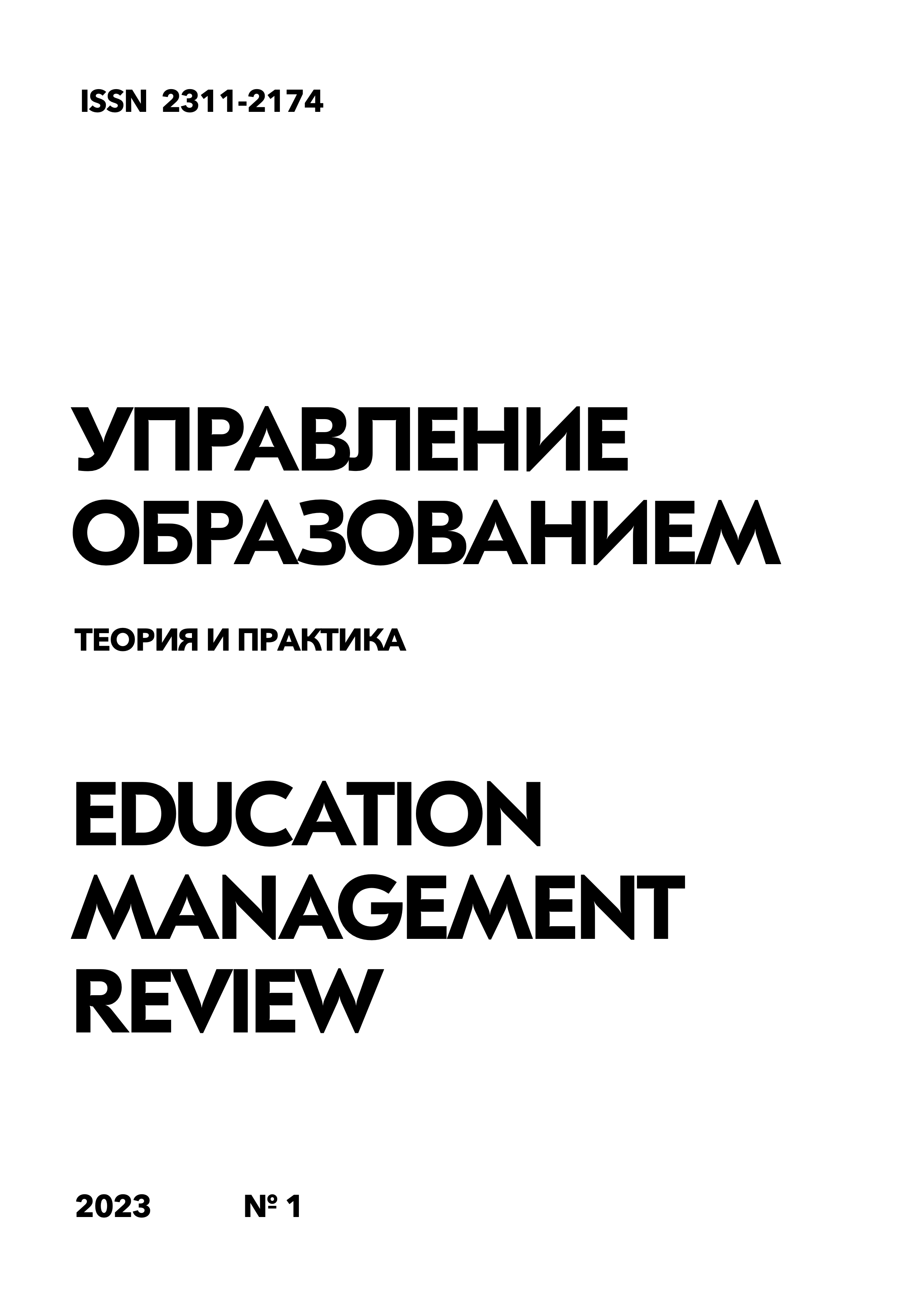Pedagogy is a practical technology of media influence on the social environment of society
DOI:
https://doi.org/10.25726/i3461-5111-4304-rKeywords:
media language, mass communication language, media content, media textAbstract
The media have become an integral part of our lives. Most of us constantly spend our free time on social networks, viewing this or that information. It can be various kinds of entertainment videos, audio or text messages, or official information. The question of the influence of the media on different types of people and social institutions at different levels of society is often debatable. This can be partly explained by the growing proliferation of media content and media organizations that can have an impact on individuals and society as a whole. In particular, the media have a significant impact on personal opinions and beliefs, issues relating to the individual, as well as the collective expression of opinions in society. Often, the media serve as a means of alleviating, intensifying or slowing down a given situation due to its profound influence on public opinion. Society and other social institutions in many countries are very vulnerable to the influence of the media, and people are easily influenced by the media.
References
Барашкина Е. А., Язык современных массмедиа: учебное пособие / Е.А. Барашкина В.В. Лабутина. Самара: Издательство Самарского университета, 2021. 80 с.)
Валгина Н.С. Теория текста. М., 2004; Сметанина С.И. Медиа-текст в системе культуры (динамические процессы в языке и стиле журналистики конца ХХ века): Научное издание. СПб., 2002.
Дорофеева И.В. Модель Шеннона-Уивера и ее значение для развития теории коммуникации // Языковой дискурс в социальной практике. Сборник научных трудов Международной научно-практической конференции. Федеральное государственное бюджетное образовательное учреждение высшего профессионального образования "Тверской государственный университет". 2013. С. 49-53
Добросклонская Т.Г. Медиатекст: теория и методы изучения // Вестник МГУ. Серия 10. Журналистика. 2005. №2. С. 29.
Кастельс М. Власть коммуникации: учеб. пособие /М. Кастельс ; пер. с англ. Н. М. Тылевич; под науч. ред. А. И. Черных ; Нац. исслед. ун-т «Высшая школа экономики». М.: Изд. дом Высшей школы экономики, 2016. 564с.
Солганик Г.Я. К определению понятий «текст» и «медиатекст» // Вестник МГУ. Серия 10. Журналистика. 2005. №2. С. 3–6. С. 14.
Синьориелли Н., Морган М. Анализ культивирования: новые направления в исследованиях медиаэффектов. Ньюбери-Парк, Калифорния: Sage Publications (1990).
Crow D. A., & Lawlor, A. (2016). Media in the policy process: Using framing and narratives to understand policy influences. Review of Policy Research, 33(5), 472–491. doi:10.1111/ropr.12187
Perrin D. Medienlinguistik. Konstanz: UVK Verlagsgesellschaft mbH, 2006. 249 S
Silverstein Michael 1979: Language structure and linguistic ideology. In: Paul R. Clyne, William F. Hanks and Carol L. Hofbauer (eds.), The Elements: A Parasession on Linguistic Units, 193–247. Chicago: Chicago Linguistic Society.




